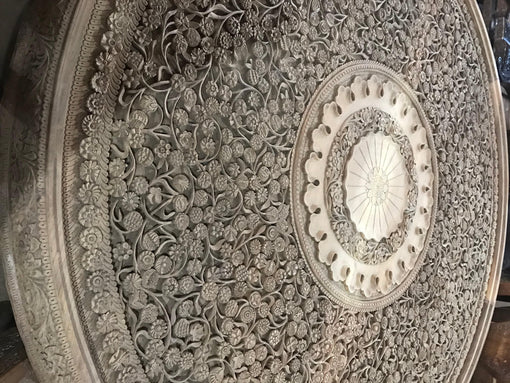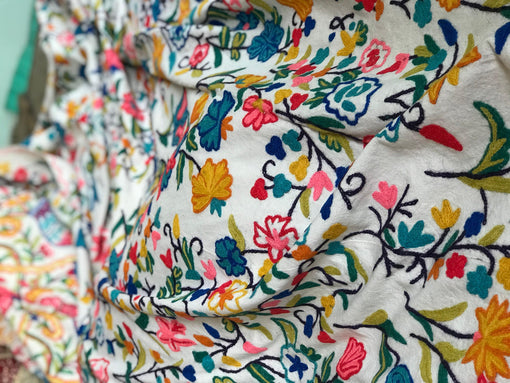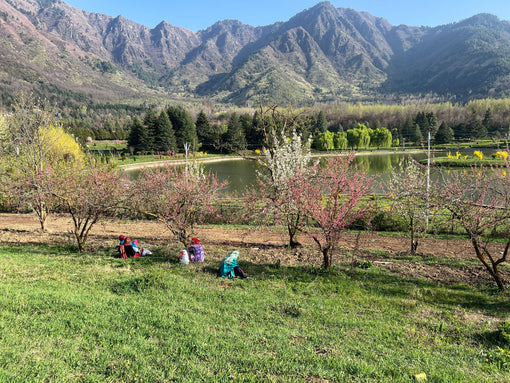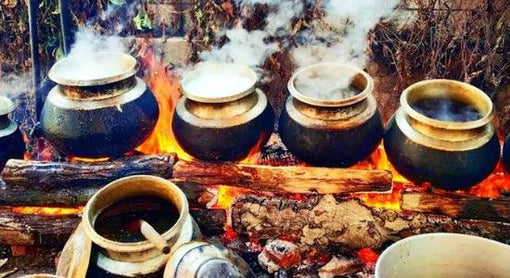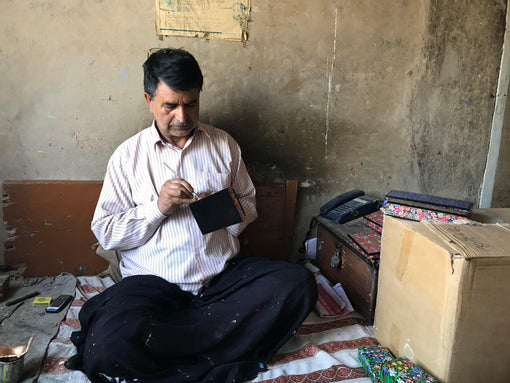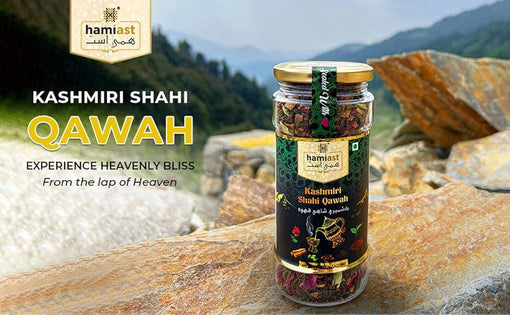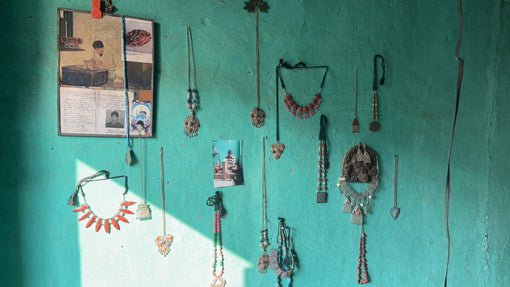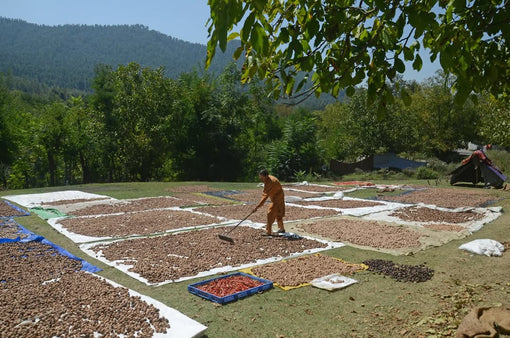
- Article published at:
- Article author: Hamiast Global
- Article comments count: 0
Each autumn, Kashmir’s orchards come alive with the walnut harvest, a season that blends beauty with hardship. From Anantnag to Kupwara, families climb towering trees, peel husks by hand, and dry walnuts under the Himalayan sun. The work is risky and exhausting, yet walnuts remain the pride of Kashmir, contributing over 90% of India’s production. Despite their superior taste and quality, growers struggle with falling prices, lack of infrastructure, and competition from cheap imports. Still, the harvest continues as a symbol of resilience, heritage, and hope. At Hamiast, we honor this tradition by sourcing directly from Kashmiri farmers, ensuring fair value for their efforts while delivering authentic, organic walnuts to our customers. Behind every walnut lies a story of courage and continuity, rooted deeply in the valley’s soil.
Learn More

